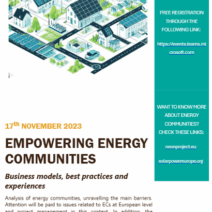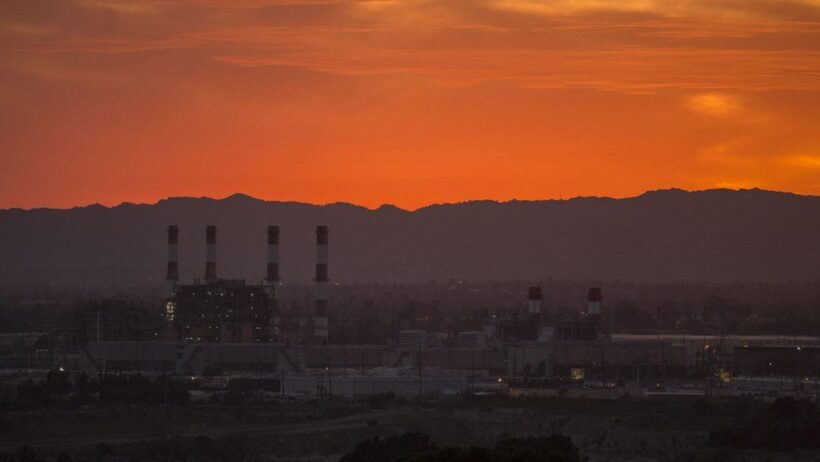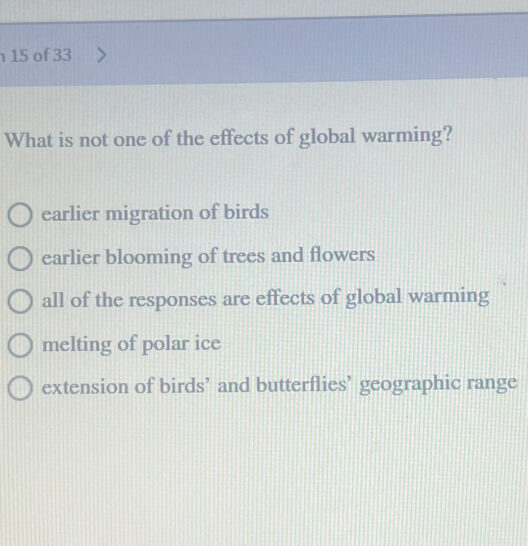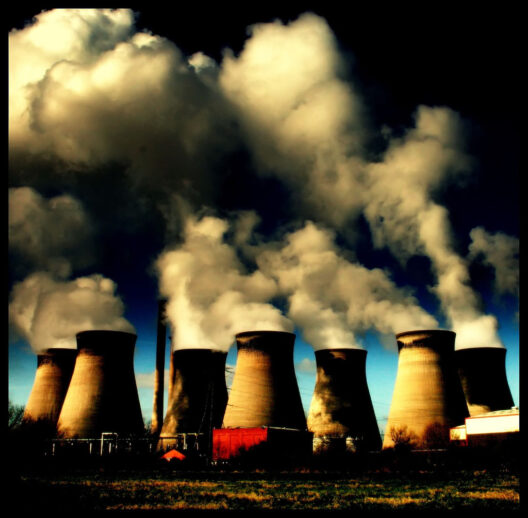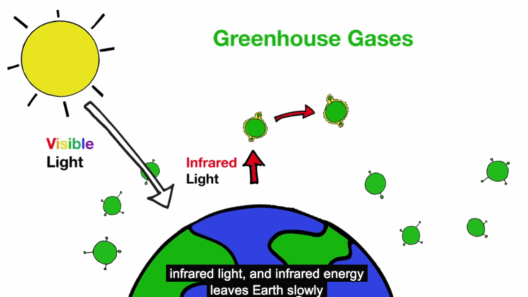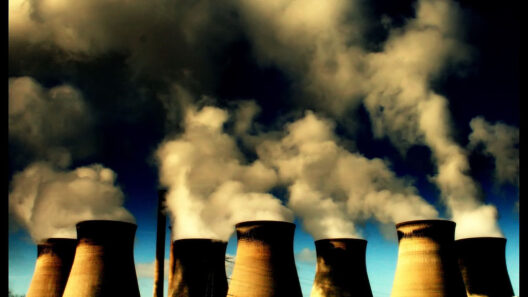Is global warming our fault? This question sits at the intersection of scientific inquiry and public debate, presenting a formidable challenge to those who seek to understand our planet’s climate crisis. To explore this, we must delve into the data collected over decades, examining the scientific consensus, the role of human activity, and the natural climate processes that have existed long before our industrial age.
First, it is essential to delineate the concept of global warming. It refers to the long-term rise in Earth’s average surface temperature due to human activities, especially the burning of fossil fuels, deforestation, and industrial processes. The increase in greenhouse gases in the atmosphere, notably carbon dioxide (CO2) and methane (CH4), traps heat, leading to a cascade of ecological disturbances. This has triggered an unprecedented rate of change that can no longer be dismissed as a natural occurrence.
Scientists have extensively studied the correlation between human activities and climate change. The Intergovernmental Panel on Climate Change (IPCC), a prominent body of climate scientists, asserts with overwhelming unanimity that human influence is the dominant cause of observed warming since the mid-20th century. This assertion stands on a foundation of rigorous research and climate modeling that reveals striking patterns. For instance, ice core samples from Antarctica and Greenland illustrate that current CO2 levels are higher than they have been for millions of years, correlating closely with industrialization and the escalation of greenhouse gas emissions.
As we interrogate the data, we unearth intriguing elements of the past. Historically, Earth has experienced fluctuations in climate due to natural causes such as volcanic eruptions, changes in solar radiation, and the shifting of tectonic plates. However, the current trajectory of global warming contrasts sharply with these natural variations. The rate at which temperatures have risen in the last century is markedly steeper than anything documented in the past, highlighting a significant deviation from established patterns.
This leads us to consider an important distinction: while natural factors certainly play a role in climate variations, the pivotal and alarming increase since the late 1800s is inextricably linked to anthropogenic activities. The challenge lies in comprehending how our choices – from transportation to agriculture – amplify the natural greenhouse effect. The Environmental Protection Agency (EPA) estimates that nearly 76% of total U.S. greenhouse gas emissions are attributable to energy production and usage. The implication is clear; our dependence on fossil fuels is not merely a contributor but rather a primary catalyst in the climate crisis.
Yet, is it reasonable to place the blame solely on humanity? Critics may argue that environmental changes also stem from cyclical natural phenomena outside our control. However, this line of reasoning becomes increasingly tenuous when scrutinized against high-resolution climate models that isolate variables in an attempt to predict future outcomes. Findings indicate that even if natural patterns contribute, the anthropogenic ‘fingerprint’ is evident, reinforcing the assertion of our culpability.
Let’s not ignore the ethical implications of this discourse. Understanding climate change as a human-induced phenomenon prompts moral responsibilities. Recognizing our role as stewards of the Earth compels us to reflect on our actions and their consequences. As climate science continuously evolves, the focus should shift to proactive measures and solutions rather than mere acknowledgment of wrongdoing. Implementing renewable energy solutions, investing in sustainable practices, and enhancing waste management are just a few avenues to mitigate our ecological footprint.
Engagement with public policies is crucial. It provides a vehicle for change that not only addresses the symptoms of global warming but also invests in sustainable infrastructure and technological advancements. For example, innovation in solar energy technology and electric vehicles provides viable alternatives to fossil fuel dependency. Rallying communities to embrace these changes can create a ripple effect, fostering a collective sense of responsibility.
Furthermore, public awareness and education are instrumental in fostering societal change. Climate literacy empowers individuals with the knowledge to make informed decisions and advocate for sustainable policies. Grassroots movements can amplify this message, transforming local actions into global shifts in behavior and perspective. As communities rally around a shared goal, the inertia created can lead to impactful legislative reforms and corporate accountability.
Despite encouraging advancements, challenges remain. The path to alleviating global warming is fraught with socio-political complexities, vested interests, and economic barriers that can hinder progress. Ambiguity in messaging can also contribute to public skepticism, as evidenced by some discrediting scientific consensus. However, the unrelenting persistence of climate evidence should reignite conversations and promote a collaborative spirit rather than division.
In conclusion, while natural processes have historically shaped our climate, the undeniable correlation between human behavior and global warming serves as a clarion call for action. Is global warming our fault? The mounting evidence suggests a resounding yes. Our choices set the stage, determining not only the fate of our planet but the legacy we leave for future generations. It is incumbent upon us to embrace our role and to orient our endeavors toward sustainable practices that honor the planet and safeguard its future.
